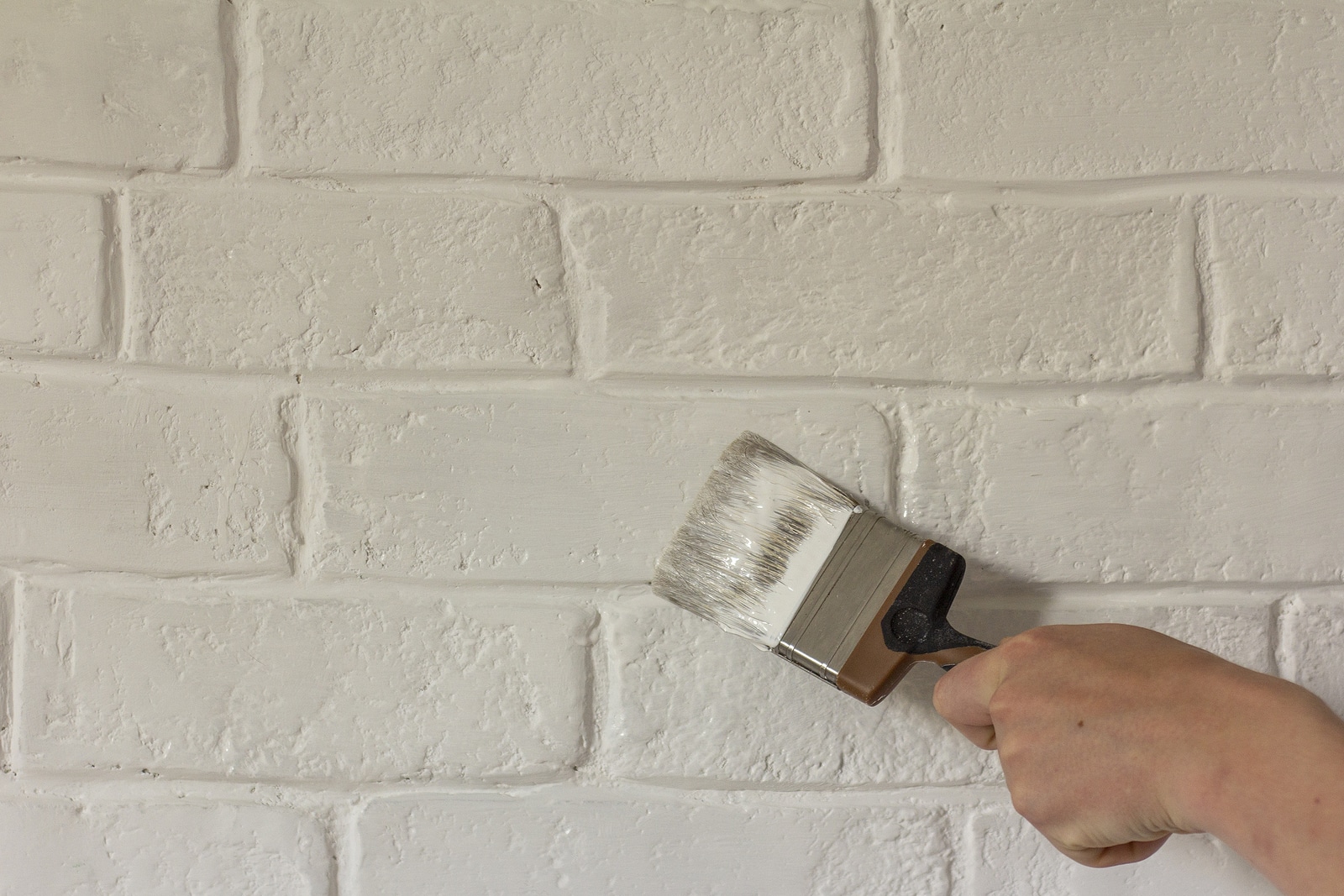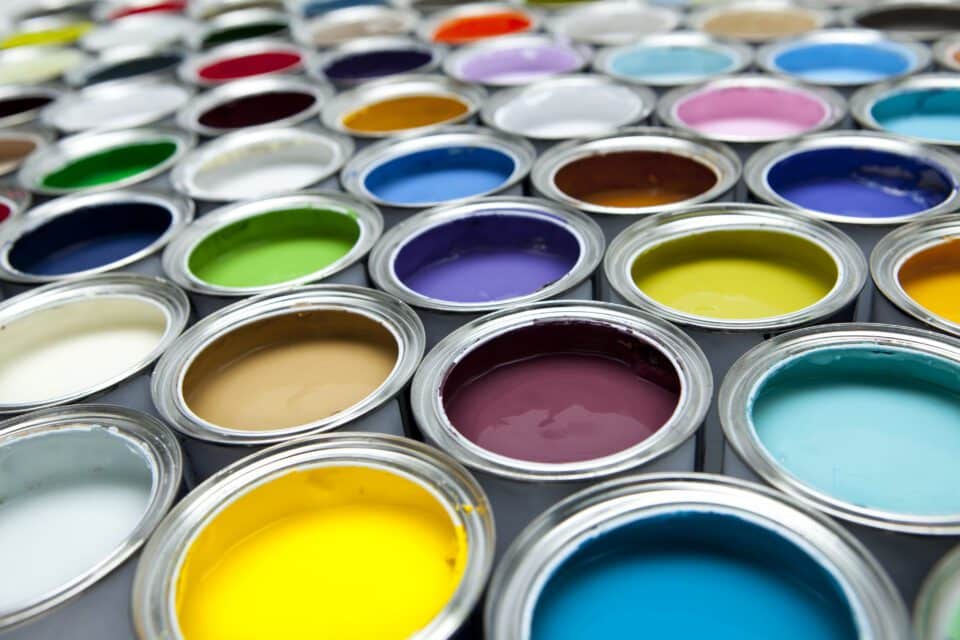The History of Paint
The history of paint charts the birth of human art, through to the early civilisations of Egypt and Greece, and up to the industrial revolution. Today, paint is used across houses, commercial buildings, and vehicles, coming in a vast range of colours and finishes. In this quick overview from Building Materials Nationwide, we’ll take a look through the history of paint, looking at the origins of paint, advances across time, and the birth of modern ready-to-use paint.
The Origins of Paint
Paint originated as an art form within early homo sapien communities, with some estimating that the first use of paint could date back as far as 100,000 years. This paint could also have been applied to body parts and animal skins, but all of the earliest remaining paintings are on cave walls, in locations across Europe, Asia, Africa, and Oceania. The paints used would have been created from naturally occurring coloured substances such as charcoal. Paint was popular within the first major civilisations, from the coloured walls of Dendera in Egypt to the Roman and Greek statues painted in gaudy colours, in stark contrast to the white marble look they possess today.
Over time, paint was further developed, with oil paint first recorded in 650 AD in Afghanistan. There is evidence of house painting from the 11th century onward, and surviving boards and canvases showcase advancing techniques over time. A popular method in the Middle Ages used egg within the paint mix, which when glazed gave a beautiful appearance in paintings. As the world became increasingly interconnected, pigments and dyes could be moved around the world, such as red cochineal being brought to Europe from modern-day Mexico.
The Birth of Modern Paint
The explosion of ready-mixed paint, the first truly modern paint, came with the Industrial Revolution. With large-scale factory production and technical innovation making paint more available, painting the inside of a house became more popular. The increase in artificial dyes and expanded production scale meant that by the end of the nineteenth century, paints of all colours were available for affordable prices. Different options were available, such as emulsions and enamel paints. In the 1940s, Acrylic paint was introduced, offering a cheaper price than oil paint and quickly growing in popularity.
Some of the major paint manufacturers in the UK date from this era, with Mylands established in 1884 and Crown Paints in the late 1850s. Other major companies like Dulux and Farrow and Ball were established in the first half of the twentieth century.

Dangerous Paint
Throughout history, dangerous substances have been used in paint, either for their pigments or to offer benefits like faster drying and water resistance. Some of these, like Scheele’s Green, contained arsenic and were blamed for a spate of health issues in the 19th century, including the death of Napoleon. Lead was commonly used in paint for the benefits it gave, such as quick drying, durability, and a more consistent appearance. This paint was especially dangerous to children, as the lead gave the paint a sweet taste and caused stunted growth and development. In the modern world dangerous pigments and lead paints are banned.
The Wide World of Paint
The modern UK paint industry is a huge aspect of construction, producing over 700 million litres of paint in 2019. This is sold to both consumers and other industrial companies, who use it in civil engineering, building construction, and vehicle manufacturing. Many of these companies are still based in the UK, with larger companies like Dulux operating alongside small and medium-sized companies.
There will be paints sold for a wide range of purposes, with many intended for internal and external building decoration, and others designed to paint wood or metal. There are other specialist paints, such as anti-climb paint, paints designed to stop barnacles clinging to the hulls of ships, and paints intended for use as road markings. Advances in artificial colours now mean that a full spectrum of painted colours are on sale, with recent breakthroughs including Vantablack, claimed to be the world's darkest material.
Water-based paints will be the most common for household paint, due to their easy application process. Emulsion paint is another popular option, with either matt or silk options, both made from a mixture of water-based paint and polymer particles. Oil-based paints remain available and are the paint of choice for many professionals. Another modern innovation is spray paint, which quickly covers surfaces and has been popularised by street artists.
Quality Building Materials Delivered Across the UK
Building Materials Nationwide offers a comprehensive range of supplies delivered across the UK. We work with professionals and DIYers alike, aiming to save them time and money. For customers within the industry, we offer trade accounts, giving access to fantastic benefits. Our trade account holders get access to their own dedicated account manager, who can help to source whatever paint products you might need through our network of suppliers, at competitive trade pricing and with express nationwide delivery. Sign up for a trade account today.









